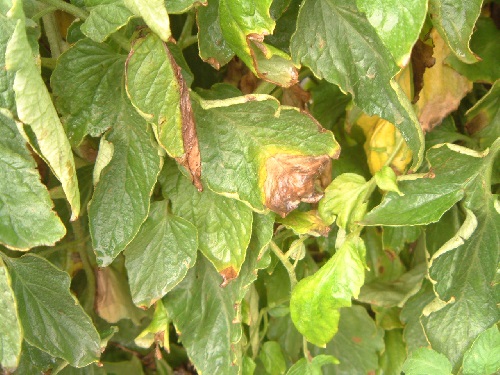Scientists Discover Key To Tastier Tomatoes
In a study published recently by Proceedings of the National Academy of Sciences, UF/IFAS researchers announced their discovery of an enzyme (CXE1) and showed how the common tomato plant generates large amounts of it as the fruit ripens.
Chemical reactions triggered by CXE1 improve the fruit’s flavor profile by reducing the presence of acetate esters, volatile chemicals commonly associated with plant defense and plant-to-plant communication, said molecular biologist Harry Klee, an eminent scholar with UF’s Horticultural Sciences Department.
“We do believe this phenomenon makes the fruit more palatable,” Klee said.
Previous UF/IFAS tomato research has shown that consumers do not like the contributions that acetate esters make to tomato flavor. Many of them are pleasant in isolation — for example, butyl acetate has a sweet, banana-like odor — but don’t match consumers’ ideas of good tomato taste, he said.
The team discovered CXE1 and four similar enzymes while analyzing tomato genes that appeared to play a role in establishing the acetate ester content of tomato fruit.
To better understand the role CXE1 plays in tomato flavor, the researchers investigated what would happen without it. They engineered tomato plants that produced very little of the enzyme. The fruit from those plants contained higher-than-normal levels of acetate esters.
The team also analyzed Solanum pennellii and S. habrochaites, relatives of the tomato plant that produce green-skinned fruits unpalatable to people and seldom eaten by animals. The fruits contained large amounts of acetate esters, compared with tomato fruit. Furthermore, analysis showed that those plants produced little CXE1.
In laboratory tests, CXE1 inhibited the activity of numerous acetate esters, though the enzyme was more active against some than others. It’s possible, Klee said, that high CXE1 production in tomato plants is a trait that evolved in tandem with red-skinned fruit, providing a survival advantage. Perhaps the red color drew attention from animals and the pleasant taste inspired them to eat the fruit, leading to seed dispersal that established the plant in new areas.









